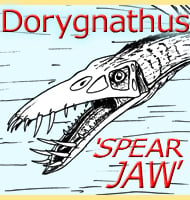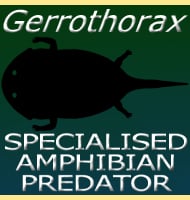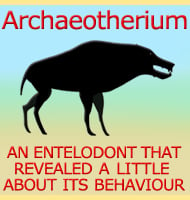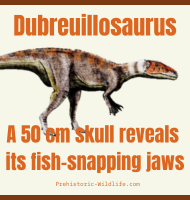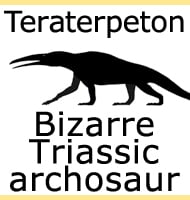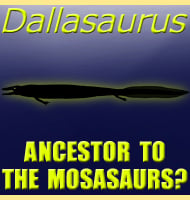In Depth
Banji is a genus of small oviraptorid dinosaur that lived in China During the late Cretaceous. The name Banji translates as (striped crest), and is a reference to the striations that run vertically along the crest. Another feature seen in the holotype skull is that the nasal opening is by proportion unusually large when compared to other oviraptosaur genera. This large opening might be a result of the skull being that of a juvenile and still growing to size and proportion, however only a complete adult skull would confirm this one way or another.
Further Reading
- A new oviraptorid dinosaur (Theropoda: Oviraptorosauria) from the Upper Cretaceous of - China. Vertebrata PalAsiatica 48(1):11-18. - X. Xu & F.-L. Han - 2010.

